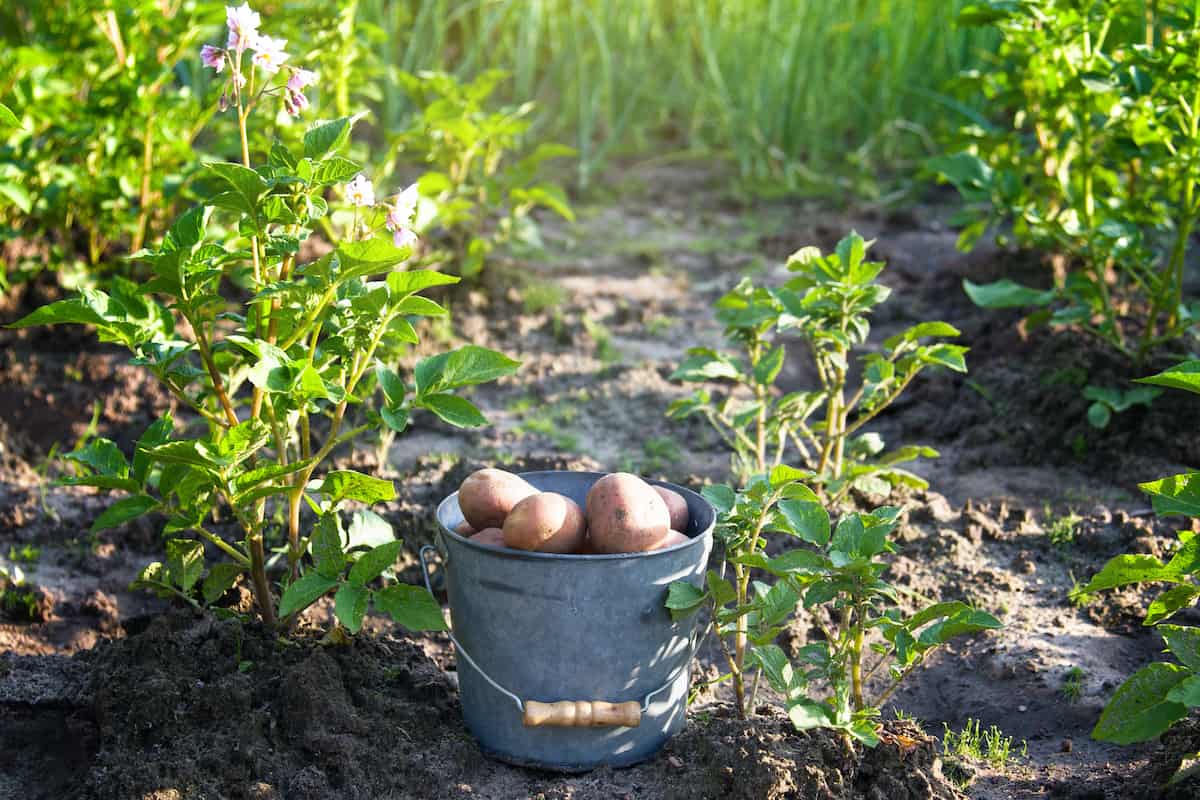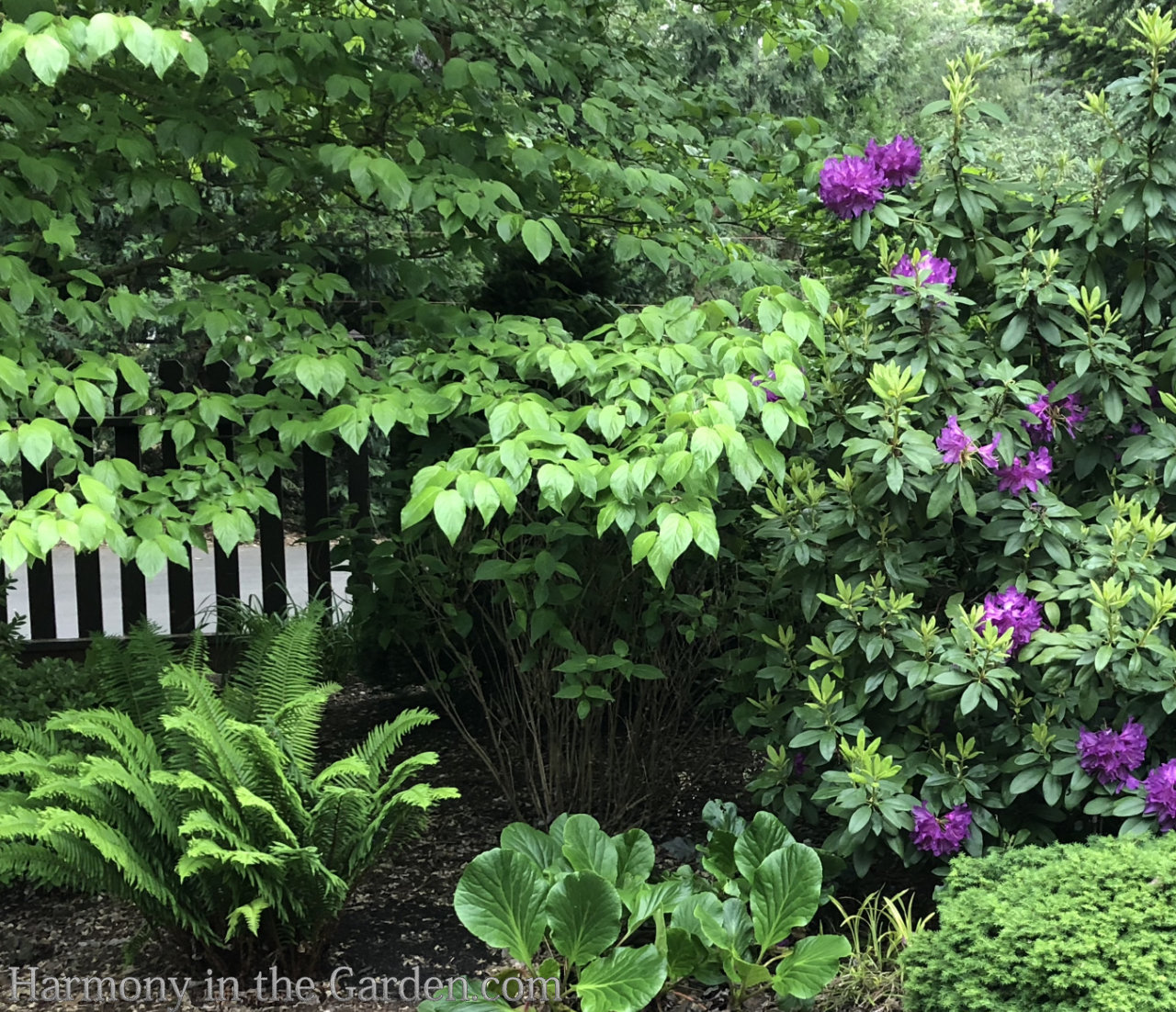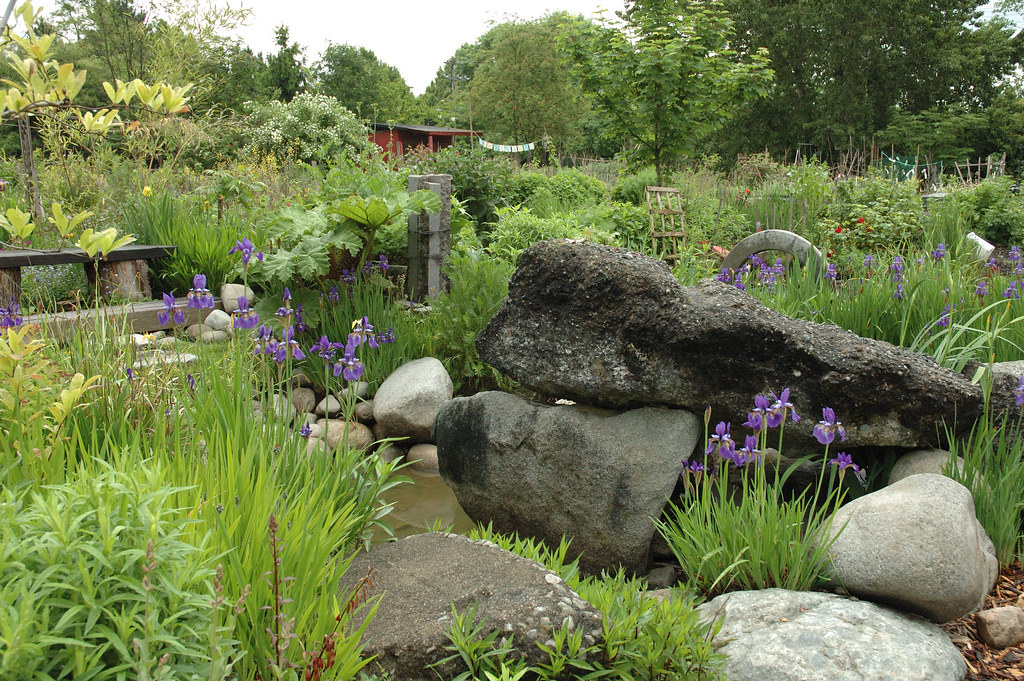In the quest for a thriving corn harvest, it’s essential to consider the companionship of other plants that not only enhance corn growth but also act as natural pest deterrents. We understand the importance of creating a symbiotic environment for your crops. In this guide, we’ll explore the best plant companions for corn, focusing on natural bug repellents to ensure a bountiful harvest.
Companion Planting: A Natural Defense Strategy
When we talk about companion planting, we’re delving into the art of strategically placing plants together to maximize their mutual benefits. In the case of corn, certain companion plants play a crucial role in fending off common pests, reducing the need for chemical interventions.
Marigolds: Guardians of Corn
Marigolds, with their vibrant hues, serve more than an aesthetic purpose. These flowers are renowned for their ability to deter nematodes, Mexican bean beetles, and other harmful insects. Planting marigolds around your cornfield acts as a protective barrier, keeping pests at bay.

Source: www.morningchores.com
Beans and Corn: A Dynamic Duo
The synergy between beans and corn extends beyond the culinary world. Beans, with their nitrogen-fixing capabilities, enrich the soil, benefiting corn’s nutrient intake. Simultaneously, corn provides a natural trellis for beans to climb, fostering a mutually beneficial relationship.
Basil: More Than a Culinary Herb
The aromatic presence of basil not only enhances the flavor of your dishes but also wards off mosquitoes and flies. Planting basil alongside corn acts as a natural insect repellent, creating a pest-resistant zone.
Nasturtiums: Nature’s Pest Control
Nasturtiums serve as a dual-purpose ally in your cornfield. Their vibrant blossoms add visual appeal, while their peppery scent repels aphids, squash bugs, and whiteflies. Consider planting nasturtiums strategically to create a protective barrier around your corn.

Source: www.harmonyinthegarden.com
Onions: Aromatic Pest Deterrents
The pungent aroma of onions can be a powerful deterrent for pests like aphids and mites. Intercropping onions with corn not only adds a layer of protection but also contributes to the overall health of your corn plants.
FAQs (Frequently Asked Questions)
1. What makes marigolds effective in pest control?
Marigolds contain compounds that repel nematodes and Mexican bean beetles, acting as a natural insect deterrent.
2. Why is companion planting important for corn cultivation?
Companion planting enhances the health and yield of corn by creating a harmonious environment, minimizing the need for chemical interventions.
3. Can I plant basil directly alongside corn?
Yes, planting basil near corn not only enhances pest resistance but also adds a flavorful twist to your culinary endeavors.
4. How do onions contribute to pest control in cornfields?
The strong aroma of onions acts as a natural deterrent for pests like aphids and mites, providing an additional layer of protection for corn.
5. Are there any pests that nasturtiums specifically target?
Nasturtiums are effective against aphids, squash bugs, and whiteflies, making them valuable allies in pest control for corn.
Conclusion
In the realm of corn cultivation, strategic companion planting emerges as a sustainable and effective approach to pest management. By integrating marigolds, beans, basil, nasturtiums, and onions into your cornfield, you create a natural fortress against common pests. We believe in fostering a balanced ecosystem for your crops, ensuring not only a bug-free environment but also a flourishing and abundant corn harvest. Experiment with these companion plants and witness the transformative power of nature’s cooperative gardening.

